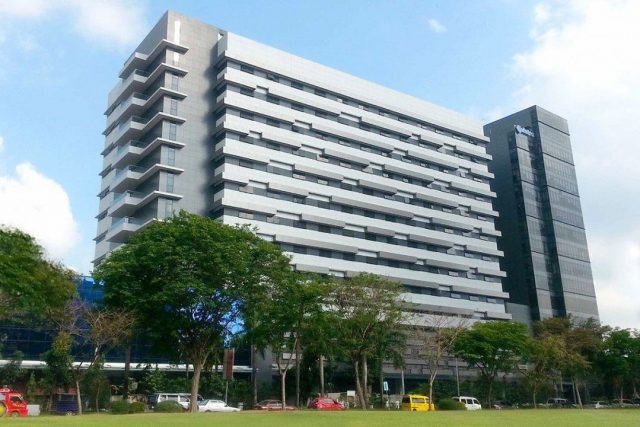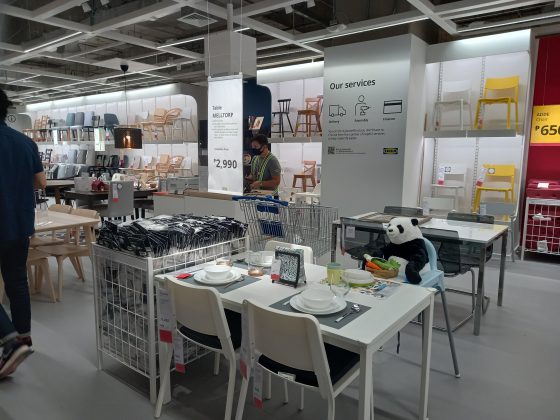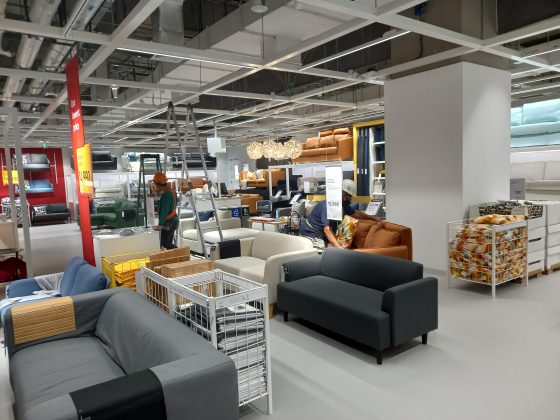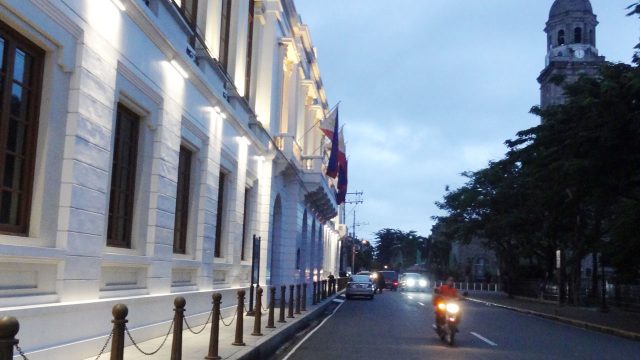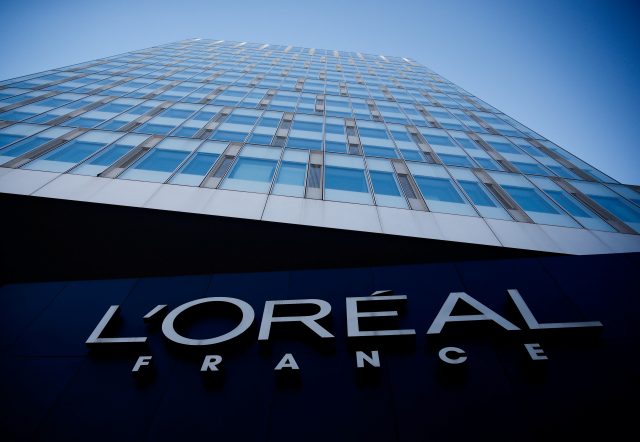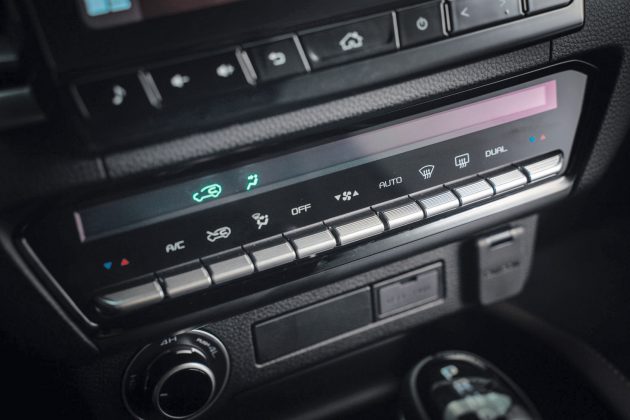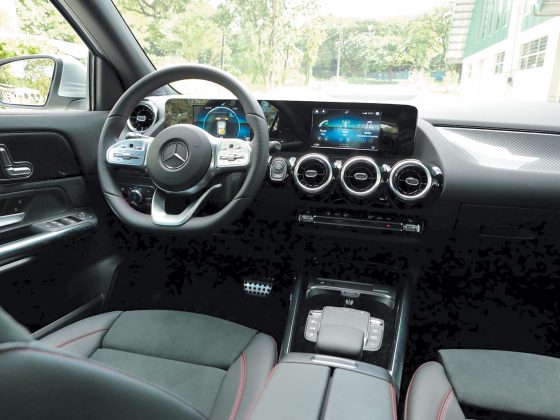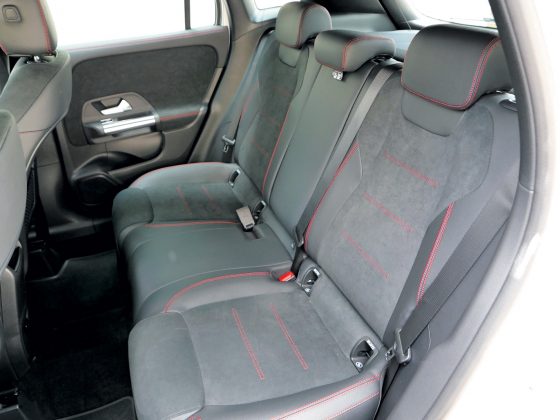SEC drafts registration rules for online lenders
THE Securities and Exchange Commission (SEC) has made public its drafted guidelines for the registration and operation of online lending platforms (OLPs).
In an e-mailed statement on Friday, the SEC said the draft rules for existing and newly registered financing and lending companies seek to stop “abusive and predatory practices.”
“The proposed guidelines will apply to both existing and newly registered financing and lending companies who have yet to own, operate, or utilize OLPs and other modes of financial technology (fintech), as well as those who are already engaged in fintech who look to provide their credit products and related services,” the SEC said.
Once the memorandum circular is deemed effective, companies with existing OLPs are required to comply with the new guidelines within 180 days.
They must apply for a new OLP license under the new set of requirements, which include an amended Articles of Incorporation. Otherwise, they will not be allowed to operate their OLPs.
“The SEC may, at its discretion, set a limit on the total number of OLPs that may be established. The commission shall take into consideration the total number of applications received, OLPs already existing, and its effects on the industry and the general public,” the commission said.
Under the new guidelines, financing and lending companies will not be allowed to operate or use OLPs or have fintech services that are not registered or approved by the SEC.
“The company’s ability to engage in fintech must also be included in its purpose as stated in its Articles of Incorporation,” the commission said.
OLPs will also be required to register as business or trade names of the financing or lending company as stated under the SEC Memorandum Circular No. 13, series of 2019.
Those applying for an OLP license should have at least five directors and at least two independent directors. The SEC said at least 20% of its board of directors should be comprised of independent directors, or whichever is higher.
Applicants are required to provide a detailed business and operational plan, which comply with Republic Act No. 3765 or the Truth in Lending Act (TILA) and the SEC Memorandum Circular No. 19, series of 2019, detailing the disclosure requirements of financing and lending companies and reporting of ALPs.
A panel from the SEC will discuss with the applicant its business plans, as well as its marketing strategy, target market, interest rates, loan products, and services.
The SEC said the financing or lending company applying for a license must also provide a walkthrough of its user interface, discuss how it will handle complaints, and how it will be handling the data it collects through the OLP.
Applicants must also comply with the SEC’s memorandum on prohibiting unfair debt collection practices or the credit information system act. It must also provide official e-mail addresses and cellphone numbers for its transactions with the commission.
“The SEC Corporate Governance and Finance Department (CGFD) will then evaluate the documents submitted by the applicant company,” the commission said.
A recommendation on the granting or denial of an entity’s OLP application will be submitted to the Commission en banc for their final decision. The SEC said those who have been rejected may reapply after a year, with tweaks showing “the reason for rejection no longer exists.”
“Under the draft guidelines, the OLP license shall have an initial validity of one year from the issuance date, subject to periodical examination and renewal by the SEC,” the commission said.
The OLP license’s validity will also depend on the company’s compliance with reportorial requirements, among others. Meanwhile, those with additional OLPs are required to undergo another application process for the prospective OLP.
Financing and lending companies with OLP licenses are required to report changes or termination of their OLP within 10 days before its implementation.
The draft memorandum circular also includes penalties for those who fail to comply with the conditions of the OLP license. Financing companies may be subjected to penalties worth P100,000 and P200,000 for the first and second offense, respectively, while lending companies may face a P50,000 and a P100,000 fine.
“For the third offense, the SEC may impose a fine of not less than twice the basic penalty but not more than P1 million; suspension of the OLP license for 60 days; or revocation of the OLP license, as appropriate for each circumstance,” the SEC said.
“The Commission may also impose a daily penalty of P400 and P200 for financing and lending companies, respectively, on top of the basic penalties,” it added.
The regulator said financing and lending companies that operate an OLP without complying with the guidelines set forth by the SEC will have their certificate of authority or primary licenses suspended or revoked, depending on the circumstances and gravity of the offense.
The commission is now calling on interested parties to comment on the draft memorandum circular until Dec. 3. — Keren Concepcion G. Valmonte


